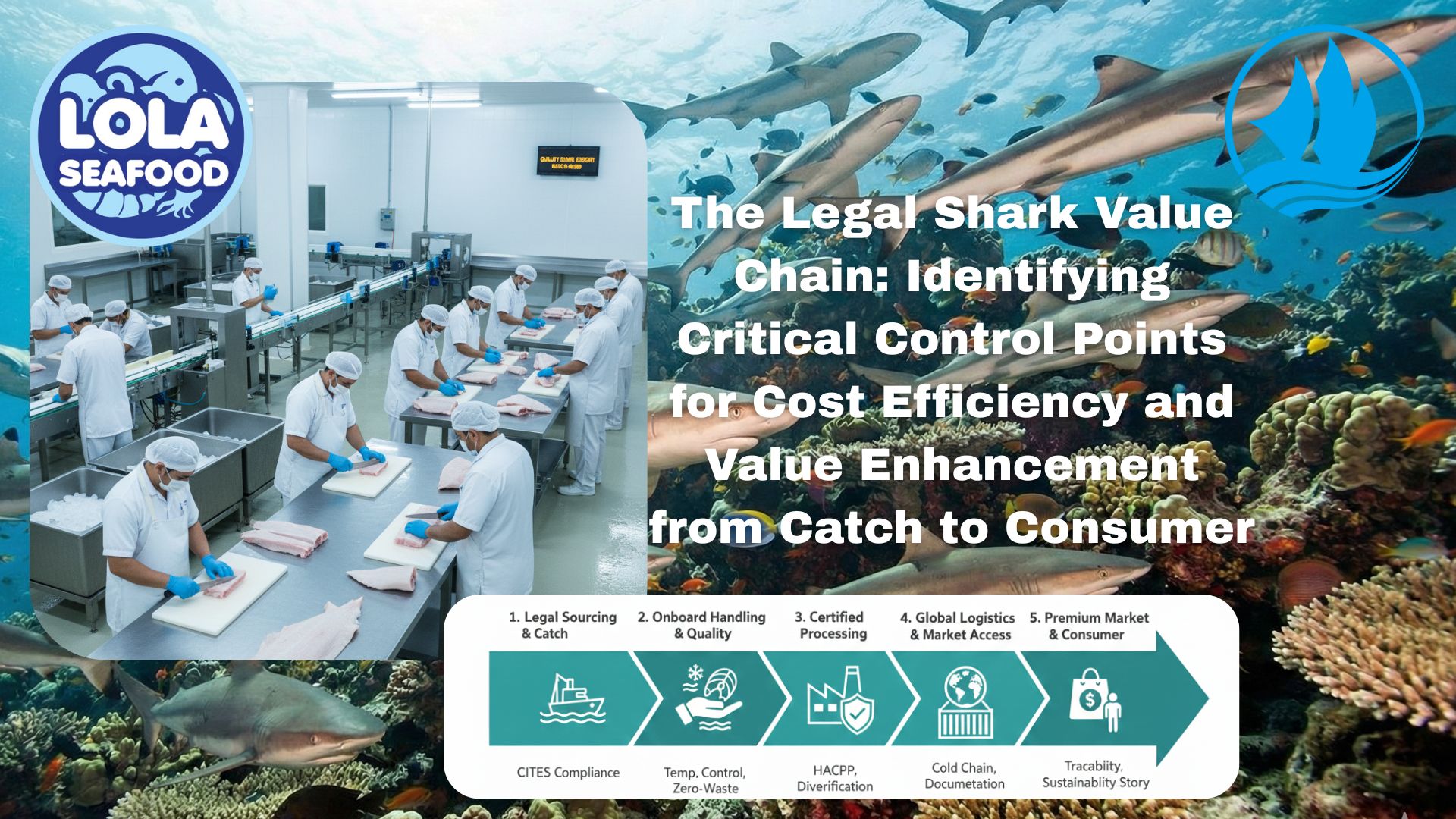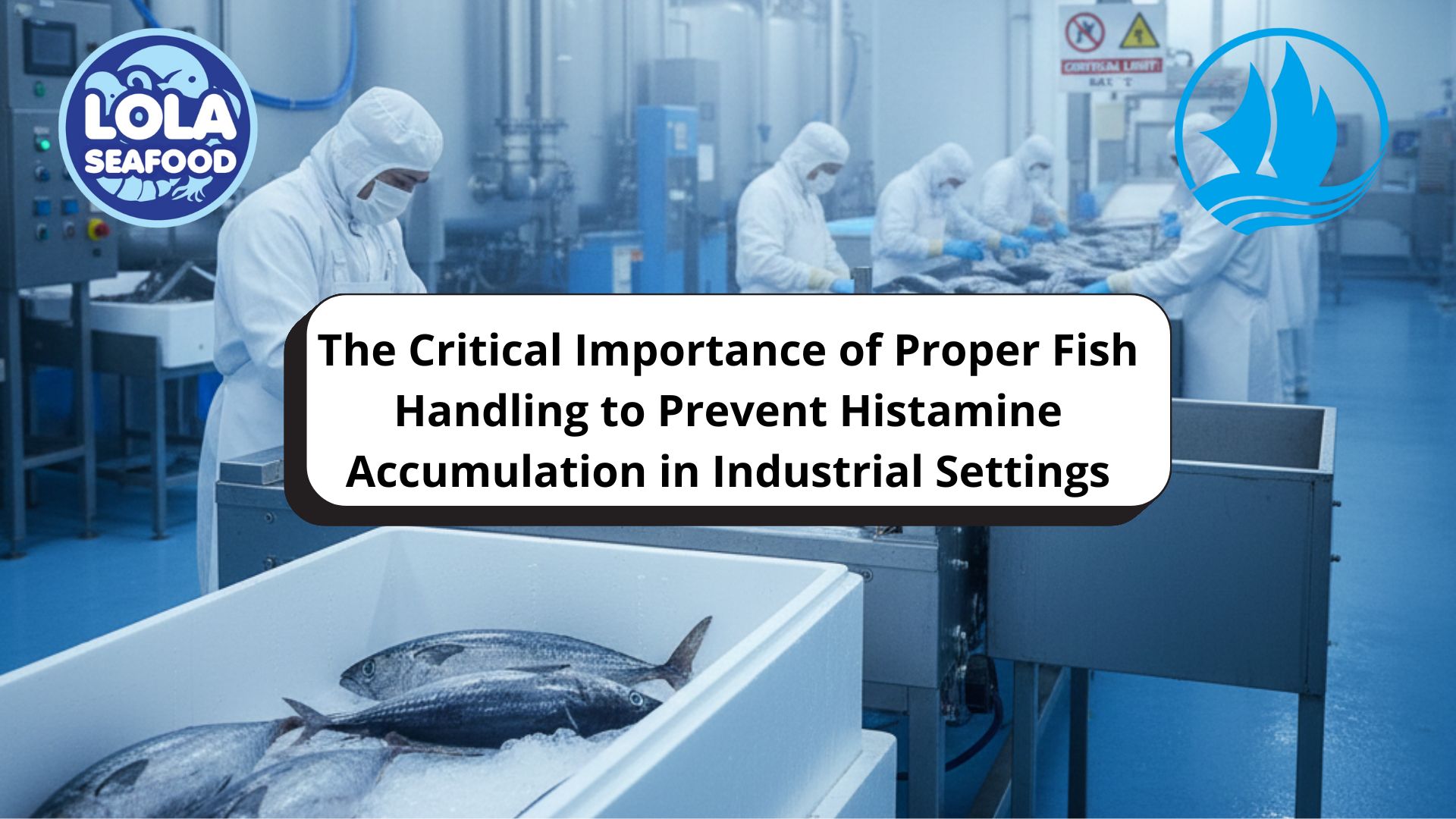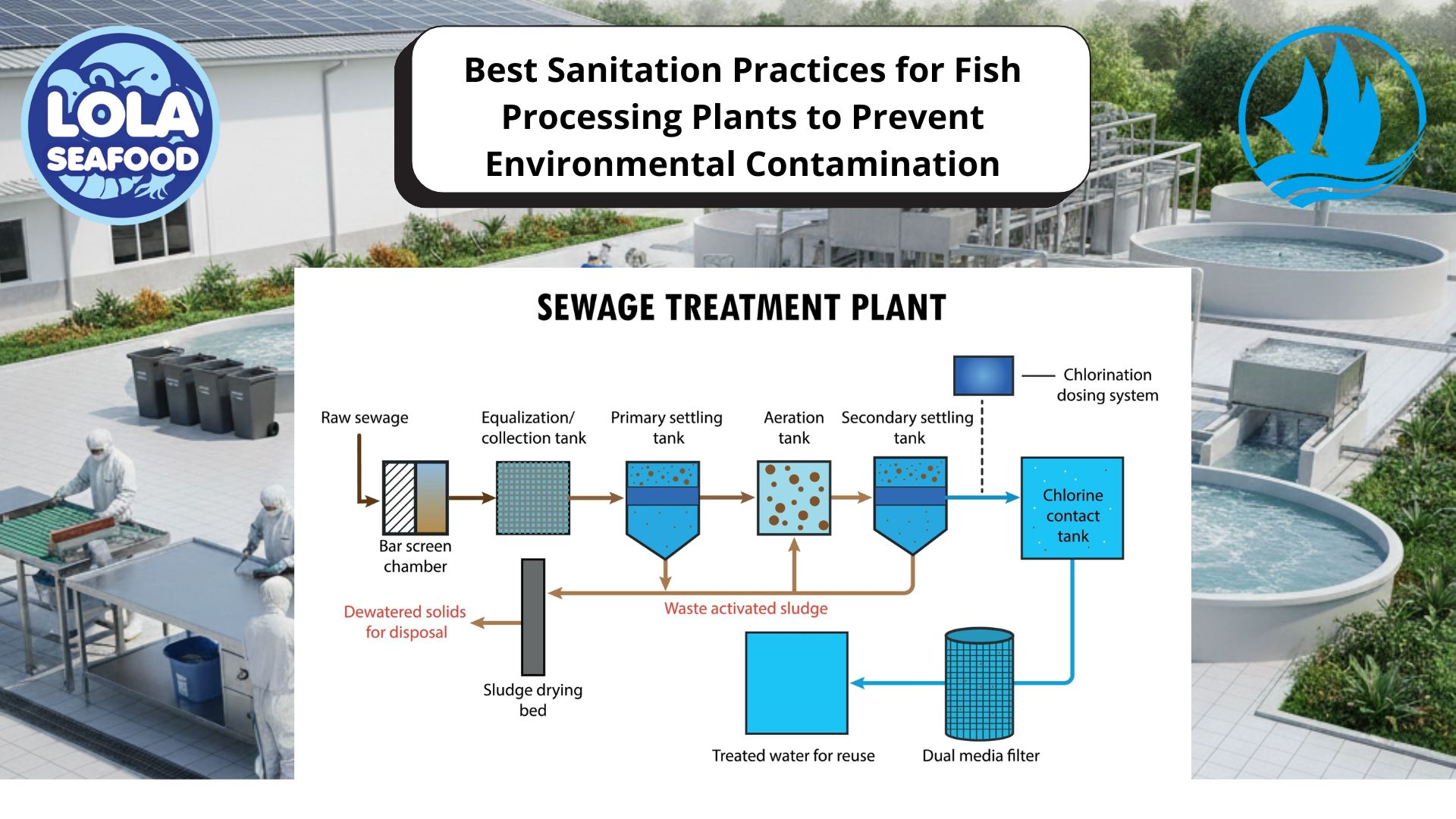Why Ignoring Footbath Protocols Can Compromise Seafood Safety
By. Puji Widyastuti - 24 Sep 2025.jpg)
Kelolalaut.com Seafood is one of the most perishable and sensitive food products. Maintaining its safety from harvest to consumer requires strict hygiene protocols at every stage of processing. While much attention is usually given to handwashing, equipment sanitization, and temperature control, one critical aspect of biosecurity is often overlooked: the use of footbaths.
Footbath protocols are designed to prevent the introduction and spread of contaminants from workers’ shoes into fish processing areas. When these protocols are ignored or poorly implemented, the consequences can be severe, ranging from microbial contamination to large-scale product recalls that damage both public health and business reputation.
The Role of Footbaths in Seafood Factories
In a typical seafood processing facility, footbaths are strategically placed at entrances to production areas. Workers and visitors must step into them to disinfect their footwear before entering. These baths are usually filled with chemical disinfectants such as quaternary ammonium compounds, chlorine solutions, or other approved sanitizers.
The main function of footbaths is to break the chain of contamination. Shoes can carry dirt, bacteria, viruses, and even parasites from outside environments into the clean zones where fish is handled. Pathogens like Listeria monocytogenes, Salmonella, or Vibrio can easily find their way into seafood through contaminated surfaces. Without footbaths, these microorganisms may spread rapidly and compromise product safety.
Risks of Ignoring Footbath Protocols
When workers bypass or misuse footbaths, several risks arise:
- Cross-Contamination: Harmful microorganisms can be transported from non-sterile areas into processing lines. Even small traces of bacteria on a worker’s shoe can contaminate large batches of seafood.
- Product Recalls: A single contamination incident can trigger costly product recalls. Recalls not only result in direct financial losses but also harm brand reputation and consumer trust.
- Regulatory Non-Compliance: Many international food safety standards, including HACCP, ISO 22000, and BRC Global Standard for Food Safety, require strict hygiene control measures, including footbath use. Ignoring protocols may result in regulatory violations, fines, or even export bans.
- Workplace Inefficiency: Outbreaks linked to poor hygiene lead to production delays, increased inspections, and additional cleaning procedures, which reduce factory efficiency.
Common Mistakes in Footbath Implementation
Even when footbaths are present, they are not always effective. Some common mistakes include:
- Using old or ineffective disinfectant solutions that lose potency over time.
- Not changing the solution frequently enough, allowing footbaths to become breeding grounds for bacteria instead of barriers.
- Incorrect placement, such as outside of critical entry points where workers can easily avoid them.
- Poor worker compliance, where employees step over or around the footbath due to lack of supervision or training.
Best Practices for Effective Footbath Protocols
To ensure footbaths serve their intended purpose, seafood factories should adopt the following practices:
- Regular Solution Replacement – Disinfectant should be changed daily or as soon as it becomes visibly dirty.
- Proper Chemical Concentration – Solutions must be mixed at the correct concentration to be effective without damaging footwear or causing worker discomfort.
- Strategic Placement – Footbaths should be installed at all entry points leading to sensitive areas, with no alternative paths.
- Employee Training – Workers should be educated about the importance of footbath protocols and monitored to ensure compliance.
- Integration with Other Hygiene Measures – Footbaths should complement, not replace, other hygiene practices such as handwashing, protective clothing, and equipment sanitization.
The Bigger Picture: Protecting Consumers and the Industry
Seafood safety is a shared responsibility between processors, regulators, and workers. While footbaths may seem like a small detail compared to large-scale sanitation systems, they play an essential role in protecting consumers. A contaminated batch of fish can cause foodborne illness outbreaks, damaging not only the company involved but also the reputation of the seafood industry as a whole.
By enforcing strict footbath protocols, companies demonstrate their commitment to safety, regulatory compliance, and consumer trust. In a competitive global market where sustainability and food safety are key drivers, even a simple step like proper footbath use can make a major difference.
Ignoring footbath protocols is not a minor oversight—it is a critical risk factor that can compromise seafood safety. Properly implemented, monitored, and maintained footbaths form a crucial barrier against contamination in processing plants. In an industry where reputation, compliance, and consumer trust are vital, no company can afford to overlook this small but powerful hygiene safeguard.
If youre interested in our Sweetlips Whole Round / Whole Gilled Gutted Scale , Sweetlips Fillet Skinless and Sweetlips Fillet Skin On please do not hesitate to contact us through email and/or Whatsapp

The Legal Shark Value Chain: Identifying Critical Control Points for Cost Efficiency and Value Enhancement from Catch to Consumer

Global Trust Across Three Segments: How the HACCP System Ensures Premium Quality for Demersal, Pelagic Fish, and Legal Shark Product Utilization
.jpg)
Green Investment, Profitable Harvest: How Sustainability Practices Reduce Operating Costs in Fish Fillet Processing Plants (Skin-On and Skin-Less)
 in Meeting Global Protein Demand Sustainably.jpg)




